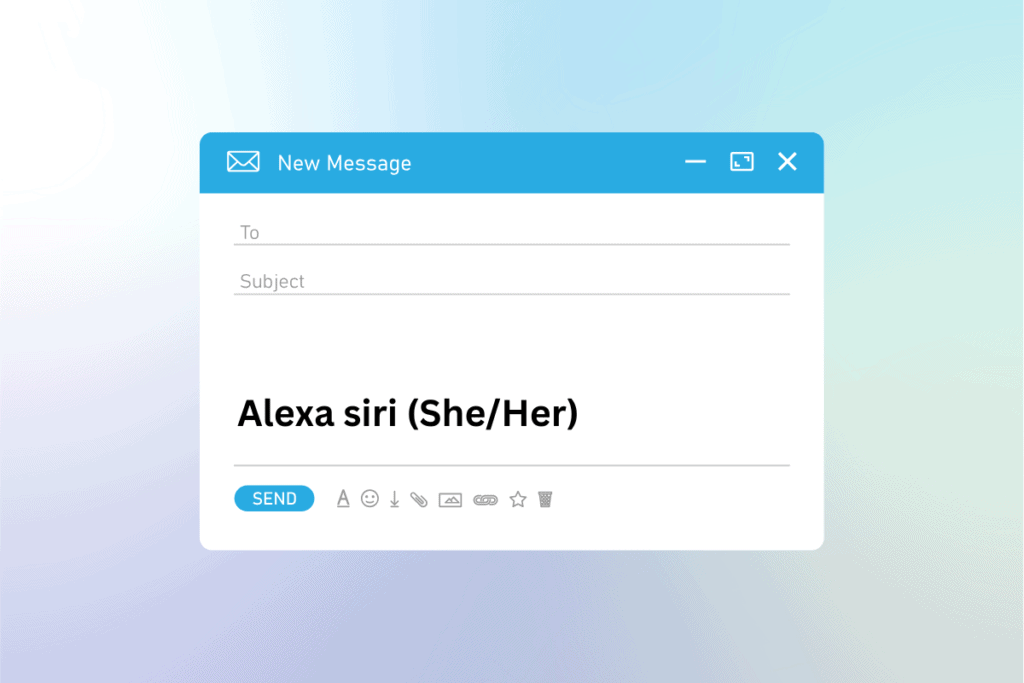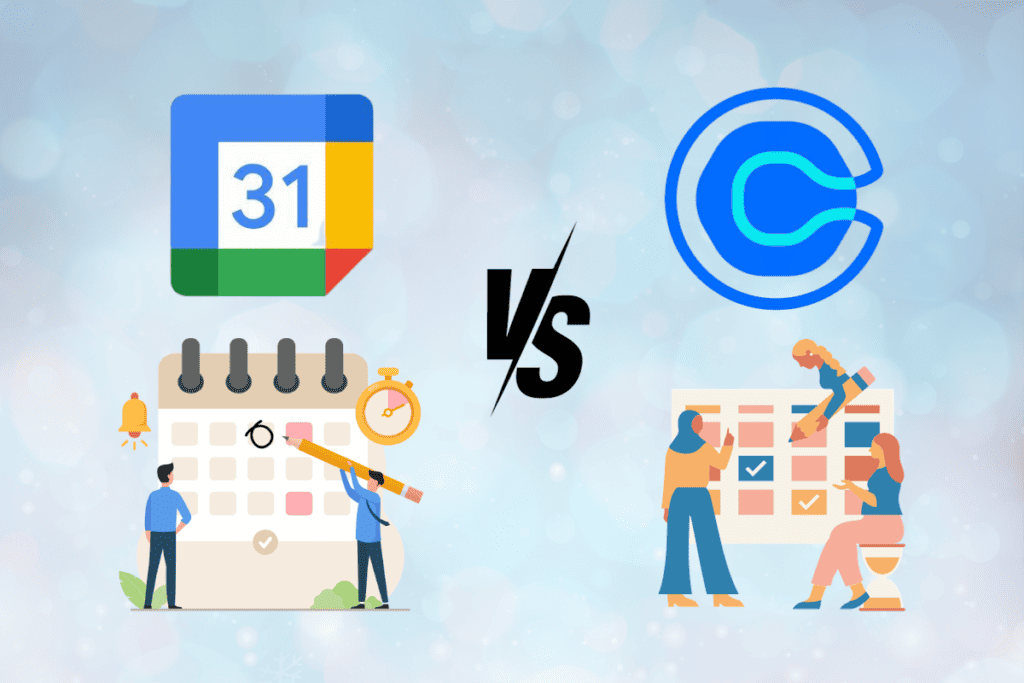Websites face massive traffic every day. People who visit your website can have queries. If they are not solved, it will drive people away from the website. That is one valuable customer lost, and that number can quickly increase. It can be a challenging task to manually handle every query. Thus, people use chatbots to streamline this process. Chatbots are just simple programs, and they can make mistakes. These are common chatbot mistakes that can be fatal for business. Learn about Chatbot mistakes you must avoid and try to minimize these mistakes on your website.

Chatbot Mistakes That Can Be Risky for Your Business
Learn about common chatbot mistakes that people these bots make and you must avoid to help the people who visit your website convert into valuable customers.
List of Common Chatbot Mistakes
There are some common mistakes that chatbots make than can be fatal for businesses. It is important to learn about these chatbot mistakes you must avoid to be able to avoid them and improve your ROI. Here are some common mistakes that chatbots make that you must avoid:
1. Neglecting Planning, Objective, and Strategy
Many websites use a chatbot to help their users, but that does not mean your business needs a chatbot. There should be a clear purpose for using a chatbot. If you have a simple e-commerce website which easy to navigate, it might not need one. The most important question you should ask yourself is whether your team of support agents struggling to answer all user queries and whether your users need assistance to navigate through the website. Talk with your Marketing, Sales, and Support teams and decide whether you need a chatbot or not.
2. Using a Chatbot with No Personality
Even though a chatbot only answers users’ questions, a dull chatbot will not have any retention in its users’ minds. People remember Alexa and Siri for a reason and have forgotten Cortana for the same, a memorable chatbot has a memorable personality. It is important to program your chatbot in a way that it has a personality that corresponds well with your brand’s image. A chatbot with no personality will make people quickly press the cross button and close the bot.
3. Not Anticipating Users Questions

If the chatbot is unable to answer the user questions or provide relevant information, users are likely to abandon the chatbot and may even leave the website altogether. Anticipating the user questions involves understanding the user’s intent and providing relevant information clearly and concisely. This requires a deep understanding of the user’s needs and the ability to tailor responses to specific questions or concerns.
Also Read: Google AI Chatbot Bard Gives Incorrect Response in First Demo
4. Not Improving Chatbot Overtime
As your user base and website grows it may branch out into other directions. You may add more features to your website, and your chatbot should be ready to answer queries for the same. Chatbots that provide a limited range of responses may frustrate users.
Over time an un-updated chatbot will experience technical issues as well. Chatbots that experience technical issues, such as slow response times or errors in processing, can leave users feeling frustrated and may discourage them from using the bot again. So, it is important to improve the chatbot over time.
5. Not Giving an Easy Exit Option
No matter how interesting your chatbot’s personality is, it is only a tool people use to navigate the website. So, they should be able to close the bot easily. If your bot does not have an easy to spot exit option, it can be frustrating for users. Thus, your chatbot needs to have an exit option that is easy to spot.
6. Not Using Chatbot Analytics
Chatbot analytics can provide businesses with insights into what their customers are looking for and what they need help with. By identifying these areas, businesses can make improvements and optimize the chatbot’s performance. Without analytics, businesses may miss out on opportunities to improve the customer experience and increase revenue. Without this information, businesses may be unable to deliver the right kind of customer support, leading to frustrated customers and missed opportunities. Chatbot analytics provide valuable insights into how customers are interacting with the chatbot, which can help businesses identify areas for improvement and optimize the chatbot’s performance. It is one of chatbot mistakes that can be fatal for business.
7. Choosing Wrong Type of Chatbot
Implementing the wrong type of chatbot can result in wasted resources, as businesses may invest time and money in a chatbot that does not provide the expected ROI. This can be particularly damaging for small businesses or startups that have limited resources. Choosing the wrong type of chatbot can also result in decreased productivity, as employees may need to spend time manually handling tasks that the chatbot is not able to handle. This can lead to slower response times, decreased efficiency, and increased costs. Choosing the wrong type of chatbot can result in poor customer experience, wasted resources, decreased productivity, and missed opportunities.
8. Using Chatbot Where Human Agent is Preferred

No matter how well trained a chatbot is there are situations that it cannot handle. Maybe the customer was not able to word their problem accurately, or it could be a language barrier, whatever be the reason a user should be able to easily have their problems addressed. Thus, a chatbot should provide the user a feature to talk to a support agent if it is unable to provide an answer for their queries.
Also Read: Snapchat Launches My AI Chatbot Powered by ChatGPT
9. Inadequate Testing Before Launch

If a chatbot is not properly tested, it may not function as intended, leading to customer frustration and dissatisfaction. This can ultimately result in lost sales and a damaged reputation for the business. A chatbot that has not been thoroughly tested may not integrate properly with other systems and software, leading to errors and disruptions in business operations. A poorly tested chatbot may not be able to handle the volume of traffic and user requests, leading to crashes and downtime. This can result in lost revenue and negative user experiences.
10. Providing Incorrect or Incomplete Answer
Chatbots that provide inconsistent or confusing messaging can leave users feeling uncertain about how to proceed or unsure if they’ve received accurate information. Providing incorrect or incomplete answers can be a major chatbot mistake for a website because it can lead to user frustration and loss of trust in the chatbot’s ability to provide accurate information. Users may also share their negative experiences with others, which could harm the website’s reputation. Inaccurate information can also have serious consequences, such as when AI chatbots confidently state incorrect information that could mislead people. Therefore, it is important for chatbots to be programmed with accurate and up-to-date information and to have fallback messages when they don’t understand something.
11. Giving Too Lengthy or Too Short Answers
If the chatbot provides answers that are too lengthy, users may become bored or overwhelmed by the amount of information presented to them. This can cause them to disengage from the chatbot and look for information elsewhere. Additionally, lengthy answers may not be relevant to the user’s specific question or concern, which can further frustrate the user.
On the other hand, if the chatbot provides answers that are too short or incomplete, users may not receive the information they need to solve their problems or answer their questions. This can also cause them to disengage from the chatbot and look for information elsewhere. Giving too lengthy or too short answers can be a major chatbot mistake for a website because it can negatively impact the user experience and lead to user frustration.
12. Having a Stiff and Pushy Conversation

A chatbot that is stiff and robotic in its conversational style can come across as impersonal and uncaring, which can turn off users who are looking for a more human-like experience. Similarly, a chatbot that is pushy or aggressive in its messaging can be off-putting and make users feel like they are being forced into a sale or action. The key to avoiding a stiff and pushy conversation is to prioritize the user’s needs and preferences, and create a chatbot that feels like a helpful and supportive resource rather than an annoying sales pitch.
Also Read: Apple Watch Gets ChatGPT AI Chatbot with watchGPT App
Why Chatbot Make Mistakes?
Being a machine, Chatbots can sometimes have a hard time answering people’s queries. There are many reasons why chatbot make mistakes.
- Limited knowledge: Chatbots rely on pre-programmed responses or machine learning algorithms to understand and respond to user input. If a chatbot hasn’t been trained on a particular topic or doesn’t have enough data to understand a user’s question, it may give an incorrect or inadequate response.
- Lack of context: Chatbots may not have enough context to fully understand the user’s intent. For example, a user may ask a chatbot for a restaurant recommendation without specifying their location or dietary restrictions, which can make it difficult for the chatbot to provide a relevant response.
- Technical issues: Chatbots may encounter technical issues that prevent them from functioning correctly. For example, if a chatbot’s server is down or it has connectivity issues, it may not be able to provide accurate responses.
- Misinterpretation: Chatbots can misinterpret the user’s input, especially if the language used is ambiguous or contains spelling or grammatical errors. This can result in the chatbot providing a response that is not relevant to the user’s intent.
- Inconsistent training data: If a chatbot is trained on a dataset that contains inconsistent or biased data, it may make mistakes or provide responses that are inaccurate or inappropriate.
Recommended:
- 30 Best Shopping Sites like Shein in India
- 15 Best Free File Hash Checker Tools
- 21 Best Tools to Get AI-Generated Meeting Notes
- 29 Best AI Chatbots Online
We hope that this guide was helpful and you were able to learn about Chatbot Mistakes you must avoid. If you have any queries or suggestions, drop them in the comments section below.






